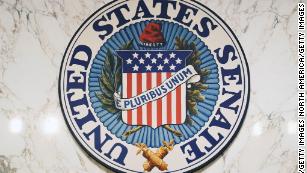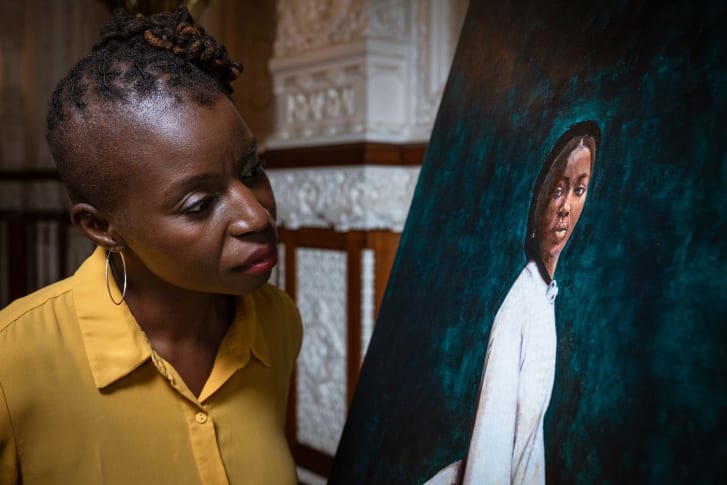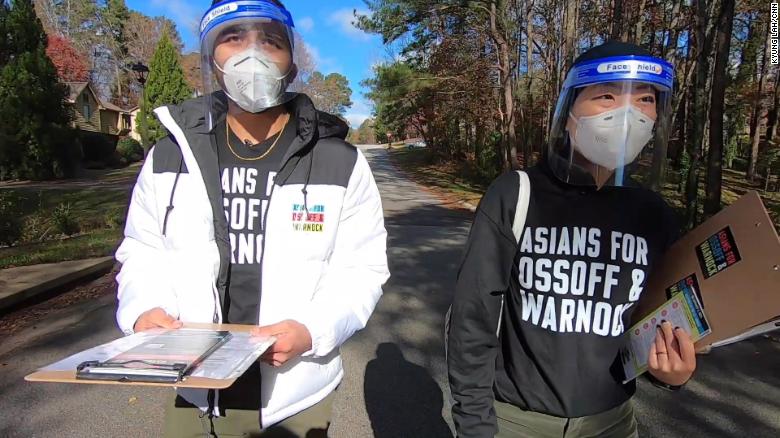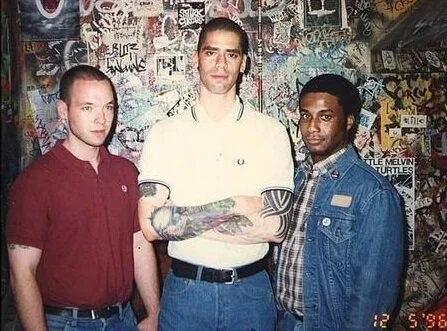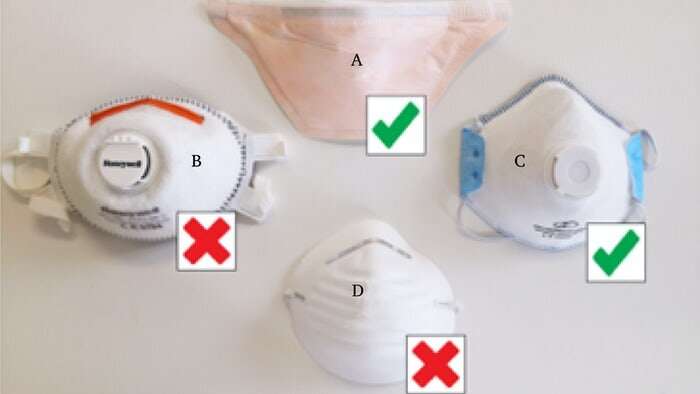Businesses that made fortunes selling PPE during the Covid-19 crisis should be taxed to fund a £500 bonus for frontline workers who are facing burnout, a thinktank has said.
“Pandemic profiteers”, including the online retailer Amazon which saw sales soar in lockdown, should pay a 0.5% sales levy, according to the RSA, which is warning that 49% of frontline staff think they will soon burn out, including 63% of NHS staff.
The thinktank’s suggestion of a “new deal” for key workers, including a £500 thank you bonus, extended sick pay and paying the real living wage, follows the lead of the US president-elect, Joe Biden, who has promised to give workers – from hospitals to supermarkets – an emergency pay boost. Last week, the Scottish first minister, Nicola Sturgeon, announced £500 a head bonuses for Scotland’s 300,000 health and social care workers.

“It’s only right that those who’ve profited from the pandemic – including online sales giants like Amazon, and those selling PPE – should help support the heroes who’ve kept us safe and fed,” said Anthony Painter, chief research officer at the RSA.
“Our survey shows key workers feel deeply let down by the government, with its approval rating falling to just three points among key workers who voted Conservative in 2019. But they feel let down by the public too, with supermarket workers especially feeling unsupported.”
Some businesses have made substantial profits selling masks, gowns and other equipment to the government as prices rose, in some cases more than tenfold. Between February and July 2020, the government spent £12.5bn on 32bn items of PPE which, if bought at pre-pandemic prices would have cost just £2.5bn.
The owner of one Gloucestershire company, Platform-14, was reportedly able to buy a £1.5m house in the Cotswolds and two other properties with the profits from contracts worth £276m.
Alex Bourne, a former neighbour of Matt Hancock was awarded about £30m-worth of work making tubes for NHS Covid-19 tests despite having had no previous experience of producing medical supplies.
Amazon’s profits globally tripled to $6.3bn(£4.7bn) in the third quarter of this year compared with the same period in 2019, thanks to the boom in online shopping during the pandemic.
Meanwhile, Rishi Sunak, UK the chancellor, last month announced a public sector pay freeze, albeit with exceptions for NHS workers. The measure will hit council workers and some care workers.
A YouGov poll of key workers carried out early last month for the RSA report found 58% of social carers thought it was “likely” or “very likely” they would burn out this winter. Almost a quarter of NHS staff said burnout was “very likely”. Women were feeling the worst effects in terms of mental health: 67% said the pandemic had made maintaining their mental health more difficult, versus 47% of men.
“It is not right that our health and security during the pandemic is built on the backs of low-paid workers who themselves lack the same protection,” said Manny Hothi, director of policy at Trust for London, an anti-poverty charity which helped fund the research.
The RSA wants the government to commit to enforcing the real living wage for all key workers – currently £9.50 outside London and £10.85 in the capital. The thinktank said 37% of social carers earn less than the real living wage.
The RSA’s chief executive, Matthew Taylor, is the government’s acting director of labour market enforcement and advised Theresa May’s administration on reforming working practices for gig workers and millions of others in precarious jobs. He was not involved in writing the report.
Amazon and the British Chamber of Commerce declined to comment.




